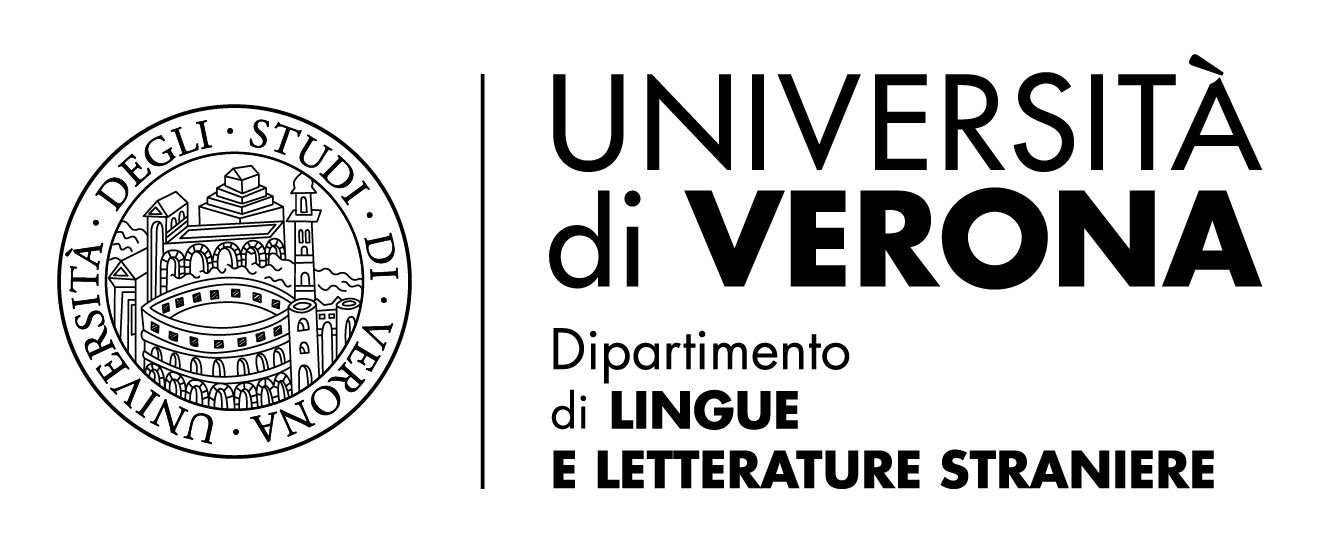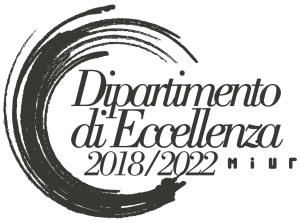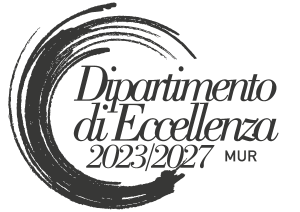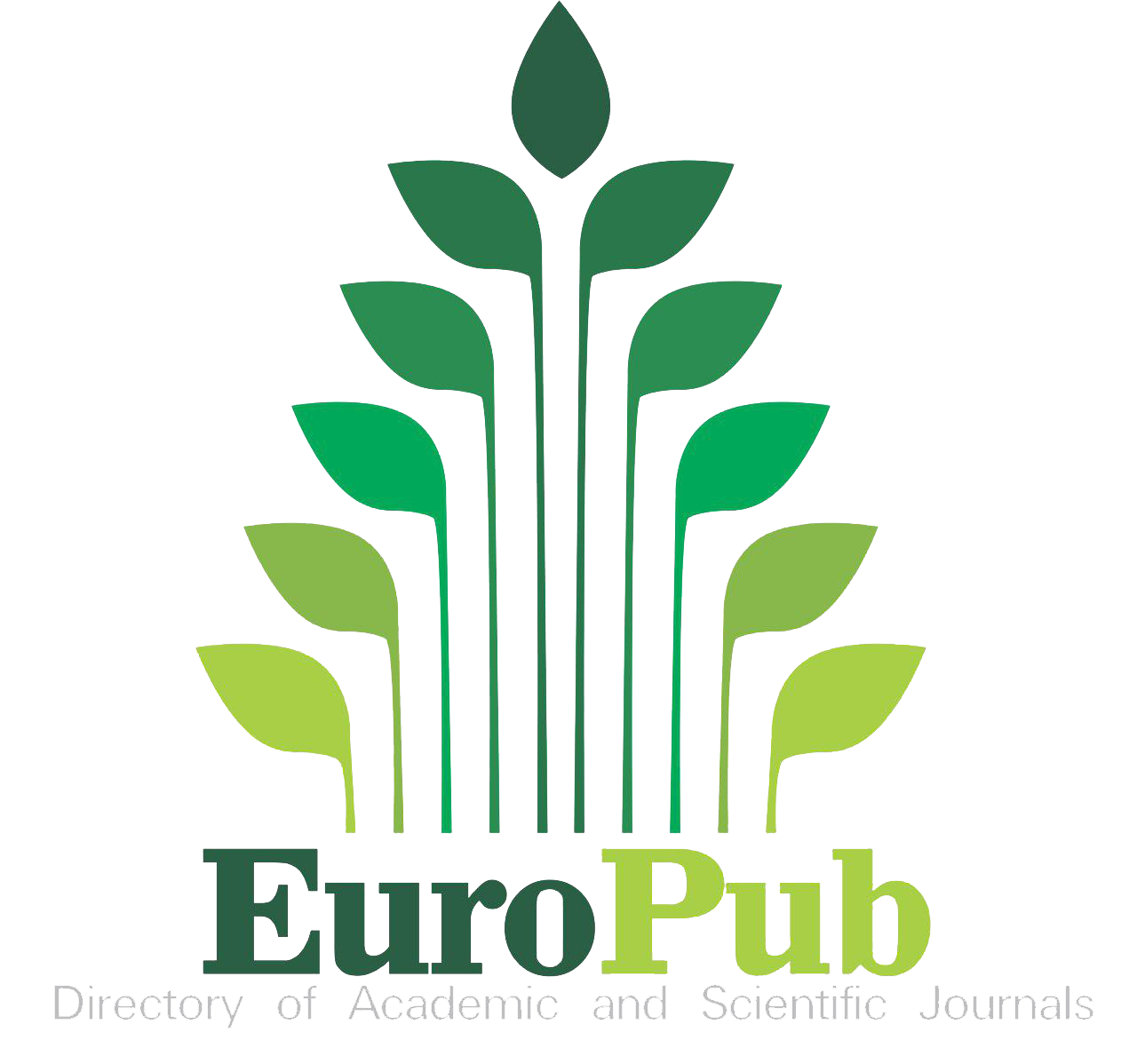Spie a piè di pagina
La funzione narrativa del peritesto nel racconto “The Sorge Spy Ring” di Aleksandar Hemon
DOI:
https://doi.org/10.13136/2281-4582/2022.i20.1222Keywords:
Aleksandar Hemon, Spy fiction, Peritext, Richard Sorge, Bosnian AmericansAbstract
This essay aims to analyze the short story “The Sorge Spy Ring” (1996) by Bosnian American author Aleksandar Hemon, included in the collection The Question of Bruno (2000). The short story, constituted by two parallel narrative threads, exemplifies the idea of duplicity recurring in Hemon’s literary production. As in the main text an adult narrator recalls the traumatic materialization of his spy-related fantasies during his childhood in late 1970s Sarajevo, the historic vicissitudes of real-life secret agent Richard Sorge are progressively exposed through a complex system of footnotes.
The parallelisms between the two threads seem to give a metaphorical aura to Sorge’s character, who freely moves between rival nations, cultures and ideologies, almost becoming a symbol of a transnational migrant identity. Through the examination of the story’s particular structure, I intend to study how the footnotes and other peritextual elements become a sort of secondary narrative dimension. Hemon’s literary strategies will be compared to his biographical experiences as an immigrant writer, divided between the United States and the fragmentary post-Yugoslav context. I will base the analysis on the thoughts about peritext expressed by French critic Gérard Genette in his essay Seuils (1987), and on Linda Hutchinson’s reflections about the postmodern conception of History (A Poetics of Postmodernism, 1988). I will also compare the short story to the work of other writers whom Hemon has often been likened to, such as Vladimir Nabokov and Danilo Kiš.
References
Badurina, Natka. “Il trauma politico del Novecento in Danilo Kiš e Claudio Magris.” Per Roberto Gusmani. Linguaggi, culture, letterature. Studi in ricordo. A cura di Giampaolo Borghello. Udine: Forum, 2012. 29-40.
Bal, Mieke. “Lost in Space, Lost in the Library.” Cultural Practices between Migration and Art-Making. A cura di Sam Durrant e Catherine M. Lord. Amsterdam: Rodopi, 2007. 23-36.
Bal, Mieke. “Migratory Aesthethics: Double Movement.” Exit 32 (2008): 150-161.
Barra, Allen. “Aleksander [sic!] Hemons’ Remarkable World of Yearning, Displaced Immigrants.” The National Book Review 20 giugno 2019. https://www.thenationalbookreview.com/features/2019/6/20/review-aleksander-hemons (Tutti i siti web sono stati consultati per l’ultima volta in data 31/05/2022).
Berman, Jennifer. “Interview to Aleksandar Hemon.” BOMB Magazine 72 (2000): 36-41.
Bell, Bernard Iddings. Crowd Culture: An Examination of the American Way of life. New York: Harper, 1952.
Belletto, Steven. “The Zemblan Who Came in from the Cold, or Nabokov’s ‘Pale Fire,’ Chance, and the Cold War.” ELH 73.3 (2006): 755-780
Bertinetti, Paolo. “Il grande gioco: la nascita della spy story inglese.” Spy fiction. Un genere per grandi autori. A cura di Paolo Bertinetti. Torino: Trauben, 2014. 9-24.
Boym, Svetlana. “Conspiracy Theories and Literary Ethics: Umberto Eco, Danilo Kiš and The Protocols of Zion.” Comparative Literature 51.2 (1999): 97-122.
Bugarski, Ranko. “Jezičke politike u državama bivše Jugoslavije.” Nova lica jezika. Beograd: Biblioteka XX Vek, 2009. 111-134
Cawelti, John G. Adventure, Mystery, and Romance: Formula Stories as Art and Popular Culture. London: The University of Chicago press, 1976.
Coin, Peggy W. “‘Combinational Delight’: The Uses of the Story within a Story in ‘Pale Fire.’” The Journal of Narrative Technique 17.1 (1987): 83-90.
Dallenbach, Lucien. Il racconto speculare. Saggio sulla mise en abyme. Parma: Pratiche, 1994.
Deakin, Frederick W. The Case of Richard Sorge. London: Chatto & Windus, 1966.
Doherty, Mike. “Meet David Mitchell and Aleksandar Hemon, the Unlikely Novelists Behind The Matrix Resurrections.” The Globe and Mail 23 dicembre 2021. www.theglobeandmail.com/arts/film/article-meet-david-mitchell-and-aleksandar-hemon-the-unlikely-novelists-behind/.
Eco, Umberto. “Le strutture narrative in Fleming.” L’analisi del racconto. A cura di Roland Barthes. Milano: Bompiani, 1969.
Fletcher, Katy. “Evolution of the Modern American Spy Novel.” Journal of Contemporary History 22. 2 (1987): 319-331.
Genette, Gérard. Soglie. I dintorni del testo. Torino: Einaudi, 1989.
Grafton, Anthony. La nota a piè di pagina. Una storia curiosa. Milano: Sylvestre Bonnard, 2000.
Hemon, Aleksandar. “Čiji je pisac Danilo Kiš.” Sarajevske Sveske 8.9 (2005): 9-15.
---. The Question of Bruno. New York: Vintage Books, 2000.
Hutcheon, Linda. A Poetics of Postmodernism: History, Theory, Fiction. New York: Routledge, 1988.
Lee, Don. “Postscript: Zacharis Award Winner Aleksandar Hemon”. Ploughshares 27.4 (2001/2002): 203-205.
Mars-Jones, Adam. “Prose This Powerful Could Wake the Dead.” The Guardian 10 agosto 2008. https://www.theguardian.com/books/2008/aug/10/fiction1.
Mikulinsky, Romi. “Photography and Trauma in Photo-fiction: Literary Montage in the Writings of Jonathan Safran Foer, Aleksandar Hemon and W. G. Sebald.” Toronto: University of Toronto, 2009.
Miočević, Ljubica. “What’s Difference? On Language and Identity in the Writings of Aleksandar Hemon.” Languages of Exile. A cura di Axel Englund e Anders Olsson. Oxford: Peter Lang, 2013.
Pier, John. “Between Text and Paratext: Vladimir Nabokov’s ‘Pale Fire.’” Style 26.1 (1992): 12-32.
Said, Edward. “Reflections on Exile.” Reflections on Exile and Other Essays. Cambridge: Harvard University Press, 2000.
Wachtel, Andrew. “The Legacy of Danilo Kiš in Post-Yugoslav Literature.” The Slavic and East European Journal, 50.1 (2006): 135-149.
Weiner, Sonia. “Double Visions and Aesthetics of the Migratory in Aleksandar Hemon’s The Lazarus Project.” Studies in the Novel 46.2 (2014): 215-235.
Wiant, Jon A. “Spy Fiction, Spy Reality.” American Intelligence Journal 22 (2004): 21-29
Wright, Chantal. “Writing in the Grey Zone: Exophonic Literature in Contemporary Germany.” German as a Foreign Language 3 (2008): 26-42.
Downloads
Published
Issue
Section
License
Copyright (c) 2022 Enrico Davanzo

This work is licensed under a Creative Commons Attribution-NonCommercial 4.0 International License.
Iperstoria is an Open Access journal.
- Authors retain copyright and grant the journal right of first publication with the work simultaneously licensed under a Creative Commons Attribution 4.0 BY License that allows others to share the work with an acknowledgement of the work's authorship and initial publication in this journal.
- Authors are able to enter into separate, additional contractual arrangements for the non-exclusive distribution of the journal's published version of their work (e.g., post it to an institutional repository or publish it in a book), with an acknowledgement of its initial publication in this journal. We kindly ask authors to inform us of any instances of re-publication.







